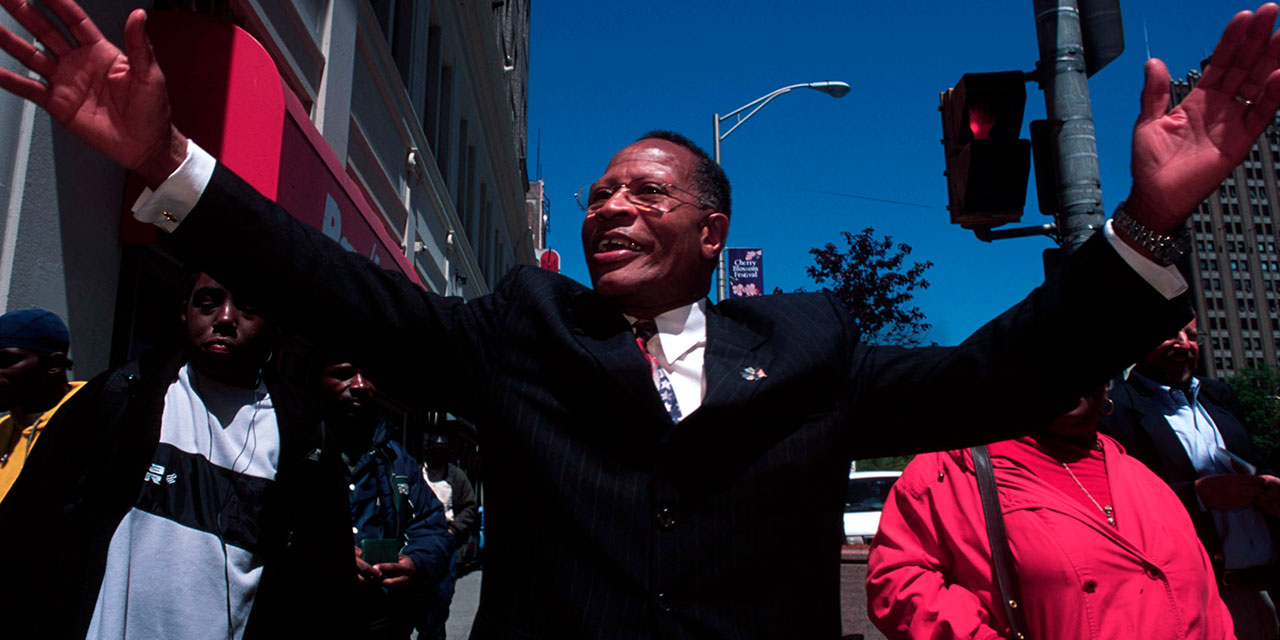
When Barack Obama won the presidency in 2008, it marked the culmination of a civil rights strategy more than four decades in the making. Following passage of the landmark Voting Rights Act of 1965, activist organizations like the NAACP ramped up efforts to elect more black officials, operating on the assumption that black political power would naturally lead to black upward mobility.
In some respects, this focus on integrating political institutions produced remarkable results. Census data show that the number of black elected officials in the United States grew from fewer than 1,500 in 1970 to more than 9,000 by 2001. By the early 1980s, major cities with large black populations—Chicago, Cleveland, Detroit, Philadelphia, Washington—had elected black mayors. Black congressmen, aldermen, school superintendents, and police chiefs became increasingly common.
Finally, a reason to check your email.
Sign up for our free newsletter today.
Yet the broader economic and social uplift that many expected from increased black political clout never fully materialized. Middle-class blacks did relatively well in these black-led cities, but low-income minorities in Carl Stokes’s Cleveland, Coleman Young’s Detroit, and Marion Barry’s Washington fell further behind.
Newark’s Sharpe James, who died this week at 89, offered another cautionary example. The city’s first black mayor, Kenneth Gibson, was elected in 1970 and served four terms. By the time Gibson left office, City Journal’s Steven Malanga observed, the majority-black city’s “unemployment rate had risen nearly 50 percent, its population had continued dropping, it had no movie theaters and only one supermarket left, and only two-thirds of its high school students were earning diplomas.”
James succeeded Gibson in 1986 and went on to serve a record five terms, but Newark’s black underclass fared no better. When James finally left office in 2006, the city’s unemployment rate was twice the national average, and median household incomes were half the state’s average.
Worse, the James era became defined by scandal and corruption, often at the expense of the black poor. His chief of staff was found guilty of taking bribes. A federal audit revealed “widespread” mismanagement of low-income housing funds. Two years after leaving office, James was convicted of conspiring as mayor to sell city-owned properties to his mistress at a steep discount so that she could flip them for a tidy profit. He spent 18 months in prison.
None of this suggests that blacks should avoid public office or shun political engagement. Racial inequality has widened under white political leadership, too. Between the late 1960s and early 1990s, the top 20 percent of black earners saw their share of income rise at about the same rate as their white counterparts. But the bottom 20 percent of blacks saw their share decline at more than double the rate of the poorest whites. Black mayors like James often used racial appeals to build unbeatable political machines, promising to uplift the black poor—yet the poor became even more impoverished on their watch.
Liberals long believed that the problems of the black underclass were “basically the result of the racism of white officials and that many could be resolved by black mayors, school superintendents, policemen and teachers who were replacing white ones,” political scientists Gary Orfield and Carole Ashkinaze wrote in a 1991 study. The expectation was that black leaders would use their lived experience to craft policies that advanced racial equity.
It turned out otherwise. Political integration, in and of itself, proved insufficient. The evidence, Orfield and Ashkinaze noted, “indicates that there may be little relationship between the success of local black leaders and the opportunities of typical black families.” Political influence remains central to the Left’s efforts to help blacks get ahead, but history suggests that political clout has never been a prerequisite for minority socioeconomic advancement.
Historically, groups that have risen fastest from poverty to prosperity—Germans, Jews, and Japanese, among others—have done so with little if any political power. Instead, their focus has been on developing human capital: the attitudes, habits, behaviors, and skills necessary for upward mobility, regardless of who’s in charge politically. Today, Asian Americans outperform whites in the classroom and in the workplace. According to the 2020 census, Americans of Chinese, Japanese, Korean, and Indian descent outearn whites. How many Asian political leaders can you name?
Blacks have tended to do better economically when the focus has been on colorblind policies, not racial favoritism promoted by elected officials who happen to look like them. What’s needed more than political saviors and affirmative action schemes is economic growth and opportunity, along with the development of self-reliance, work skills, and cultural norms that have succeeded in lifting so many other groups.
Photo by mark peterson/Corbis via Getty Images
City Journal is a publication of the Manhattan Institute for Policy Research (MI), a leading free-market think tank. Are you interested in supporting the magazine? As a 501(c)(3) nonprofit, donations in support of MI and City Journal are fully tax-deductible as provided by law (EIN #13-2912529).
Source link
















